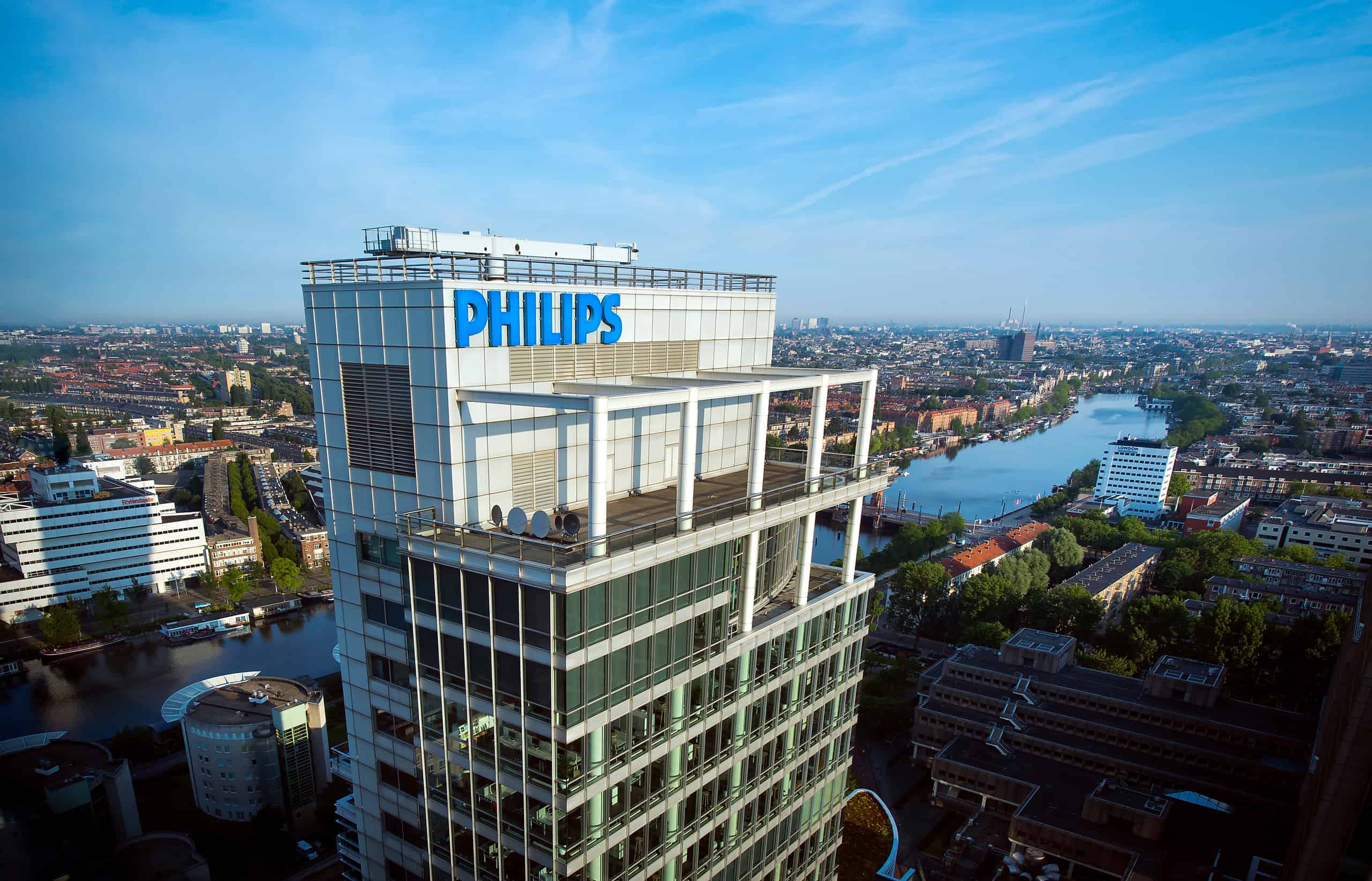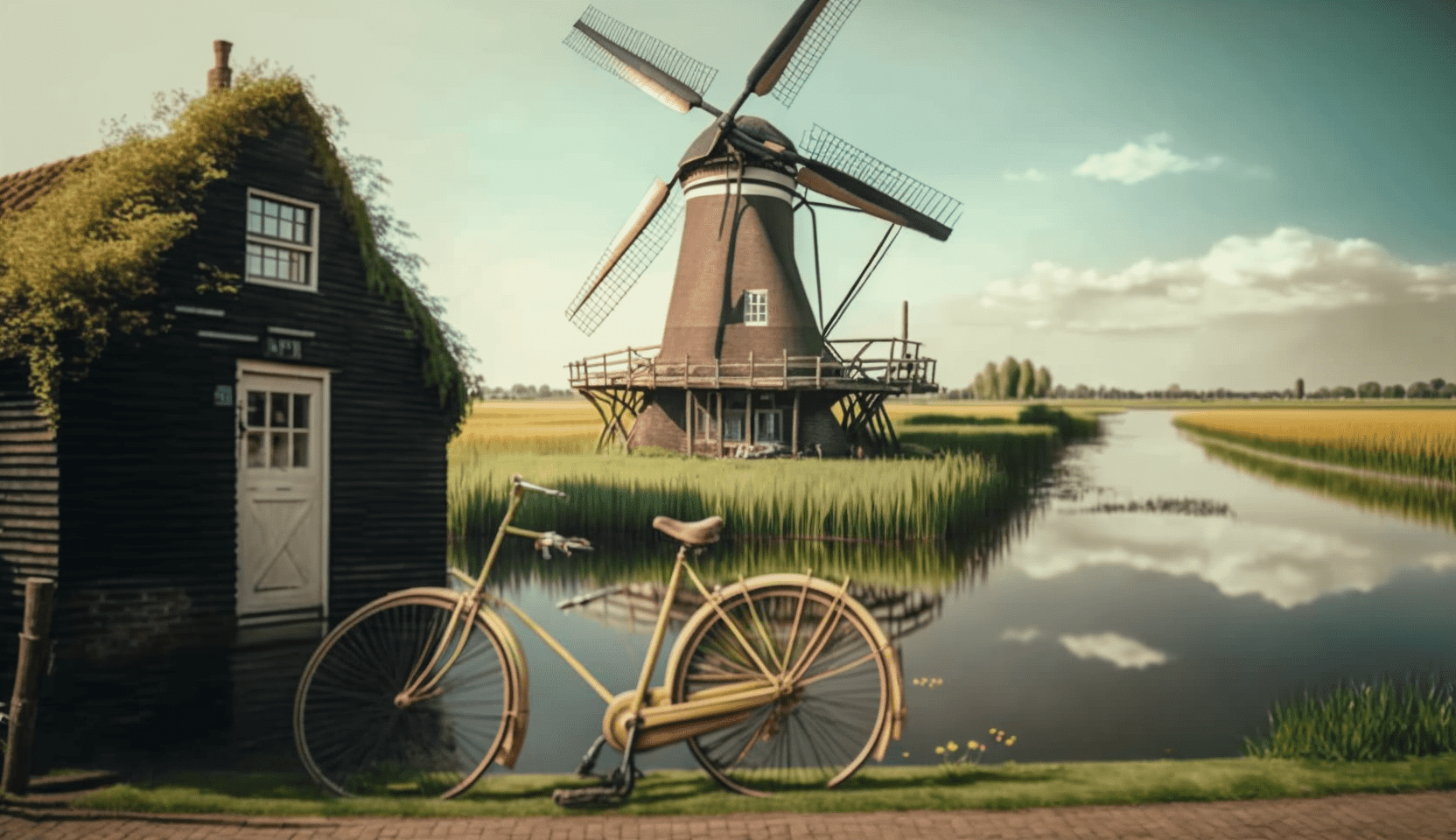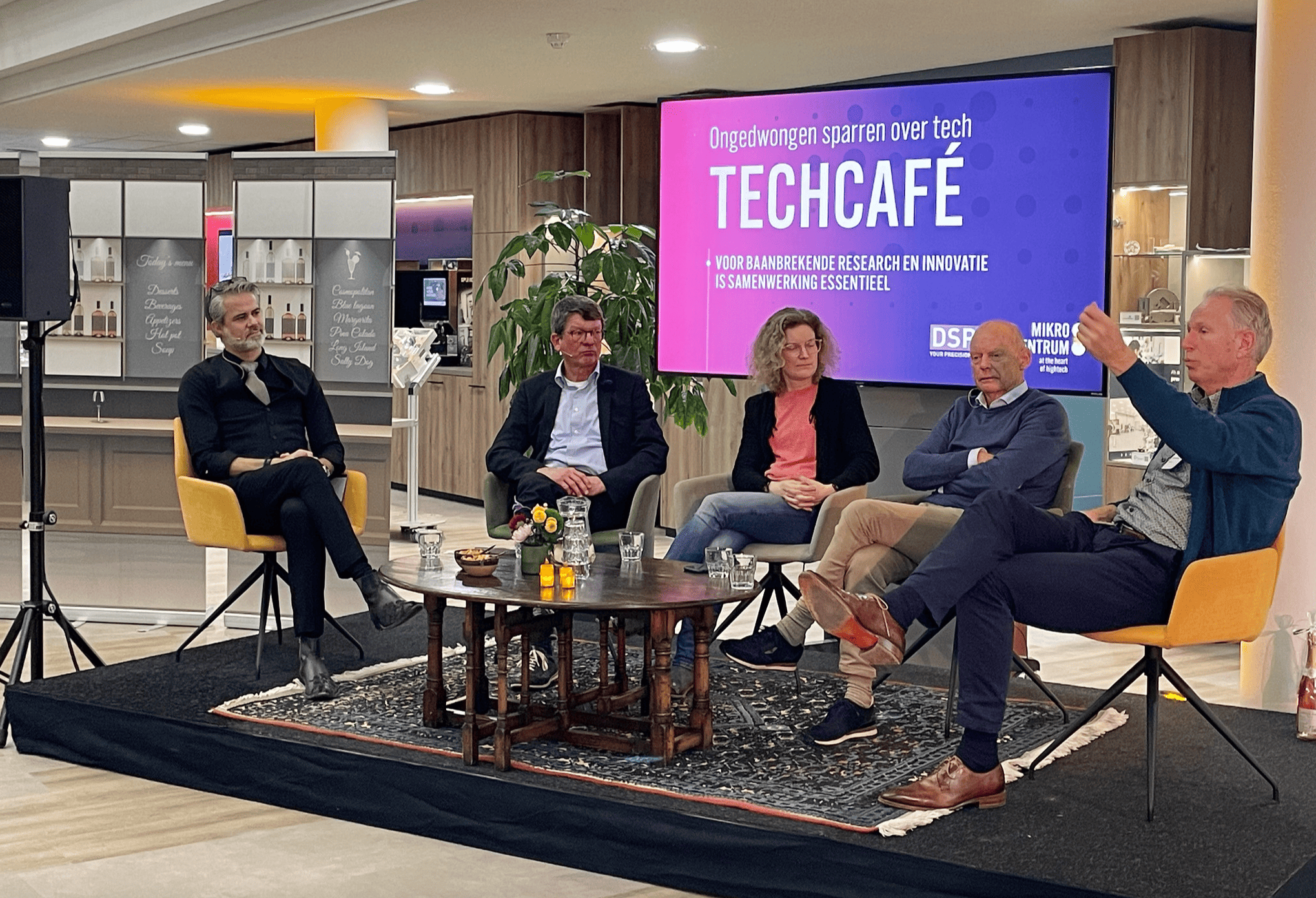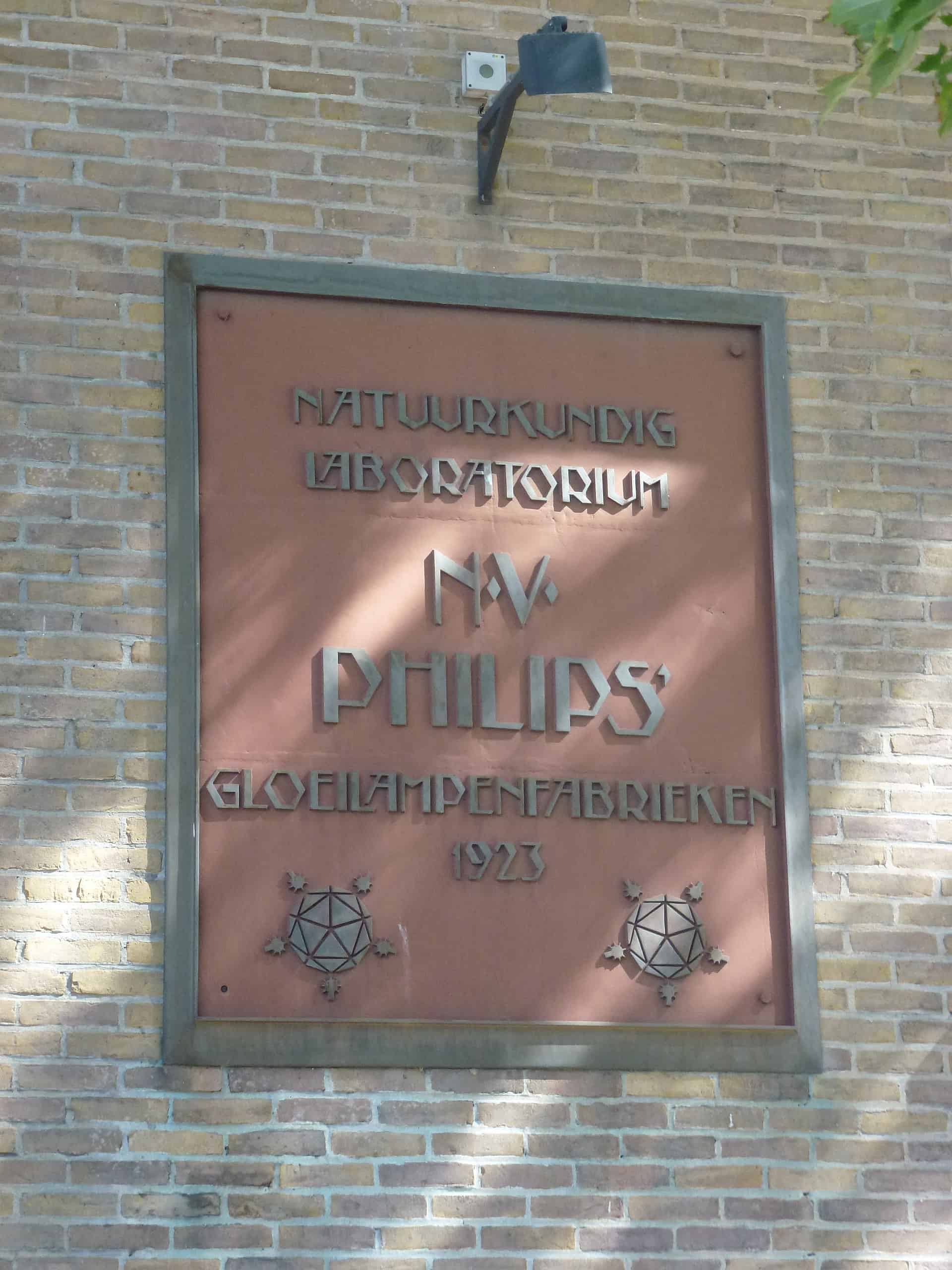
Philips recently announced a significant reduction in its research budget, resulting in the downsizing of Philips Research, formerly known as NatLab. Even while the news is unfortunate, NatLab has left a lasting impact on the tech industry through its numerous groundbreaking contributions. It has played a crucial role in the formation of successful companies such as ASML, NXP, and Thermo Fisher Scientific. The end of NatLab has elicited disappointment from tech leaders in Eindhoven.
Professor Maarten Steinbuch, former Philips employee and current professor at Eindhoven University of Technology, is one of many who regret the closing of NatLab. “I saw Philips go from a leader to a follower in the space of 10 years”, he told Het Financieele Dagblad. Professor Steinbuch is also the Scientific Director of the Eindhoven Engine, an entrepreneurship initiative by Eindhoven University of Technology.
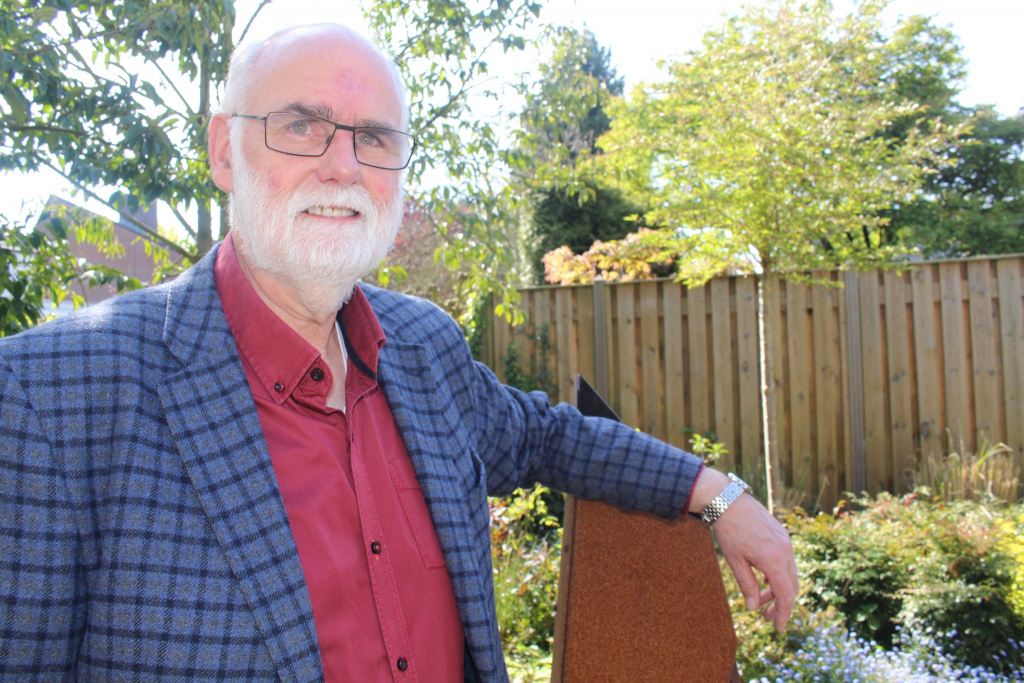
Professor Steinbuch is no stranger to entrepreneurship. He holds nine patents and co-founded mechatronics companies, precision surgical robotics, simulations, and consulting. He is a strong advocate for scientists to pursue entrepreneurship and provides advice on how to do so. “I recommend scientists with entrepreneurial ambitions to resign in part from their day job as it will make them better entrepreneurs by understanding customer needs better. To be a successful entrepreneur, you need to be a self-starter with an intrinsic drive, a long-term vision, focus and persistence.”
The legacy of NatLab
NatLab’s legacy can be found in countless technologies that have changed the world. The development of the Compact Disc (CD) in the early 1980s was one of its major successes. This was followed by groundbreaking research into digital video. In the 1990s, NatLab created the first navigation systems for cars.
Martin Thoone proposed to Philips’ NatLab in the early 1980s to conduct research into car navigation systems. Despite the lack of enthusiasm, Thoone persevered and was at the cradle of an innovation that would be embraced all over the world. He succeeded in raising money from Renault, Volkswagen and BMW to start his research and presented his idea at a conference in Detroit.
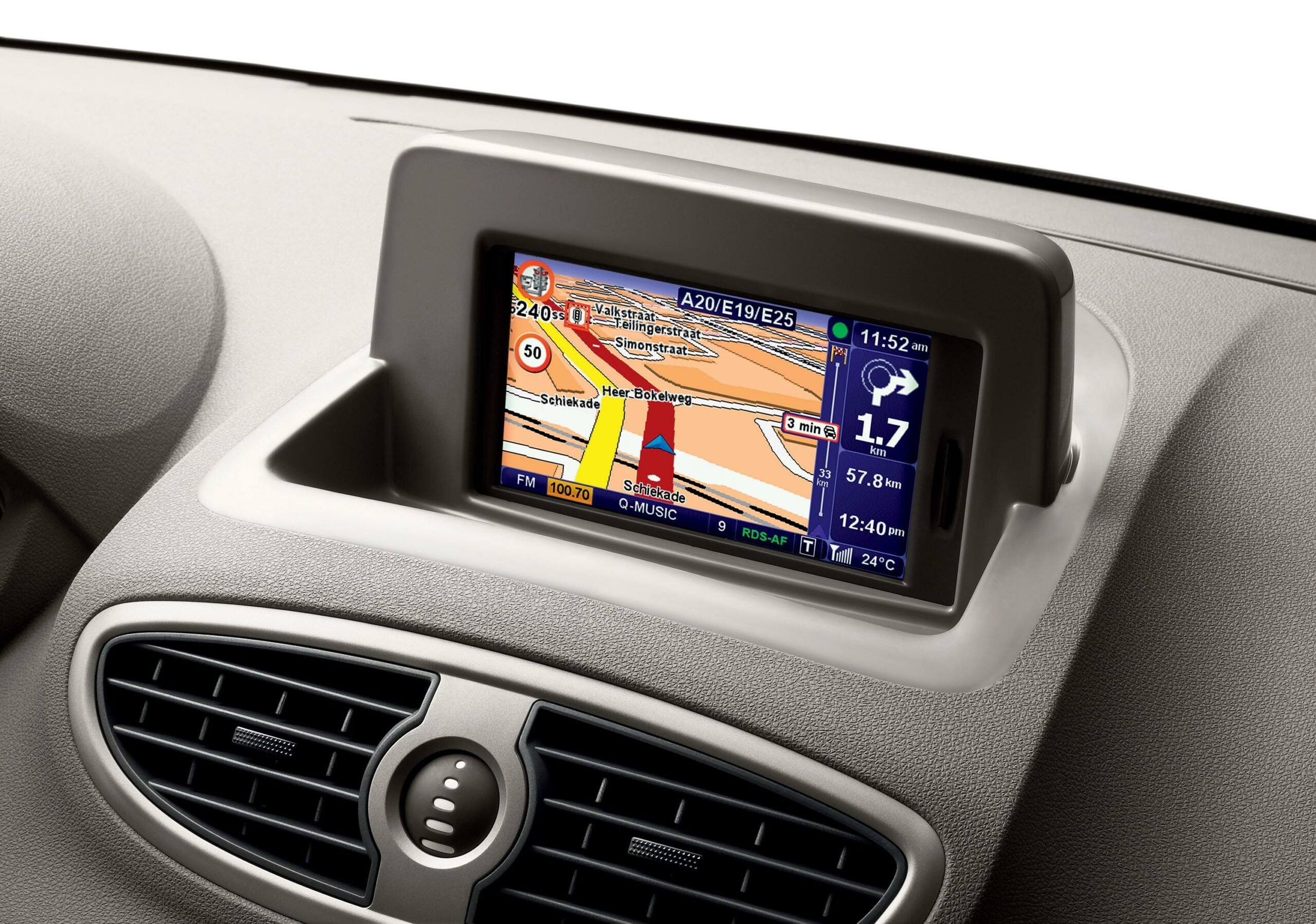
What’s Next?
The closing of NatLab brings an end to a long era of research and presents an opportunity for new initiatives. Professor Steinbuch believes that the Eindhoven Engine can fill some of the void left by NatLab’s closure.
“The Eindhoven Engine provides researchers with access to resources that are otherwise difficult or impossible to obtain,” says Professor Steinbuch. “We guide how to use these resources effectively to make meaningful contributions to science.” The Engine also offers mentorship programs and training workshops on topics such as commercialization and business development.
While NatLab may have come to an end, its spirit lives on through projects like the Eindhoven Engine, and a campus like High Tech Campus Eindhoven, where the NatLab was located for decades. For those wishing to make a lasting impact on technology, Professor Steinbuch advises aspiring entrepreneurs to take risks and embrace failure as part of their journey.
Gerard and Anton Philips
The closure of Philips NatLab marks an end to a long era of research that saw the development of important technologies such as digital audio and digital video. Philips Natuurkundig Laboratorium (NatLab) was established in 1914 by Gerard and Anton Philips as a way for their company to independently create patents without relying on third parties. At its peak it employed 2,000 people with 600 having a university education. Its legacy lives on through initiatives such as the Eindhoven Engine, which is helping young scientists bring their ideas to fruition.


